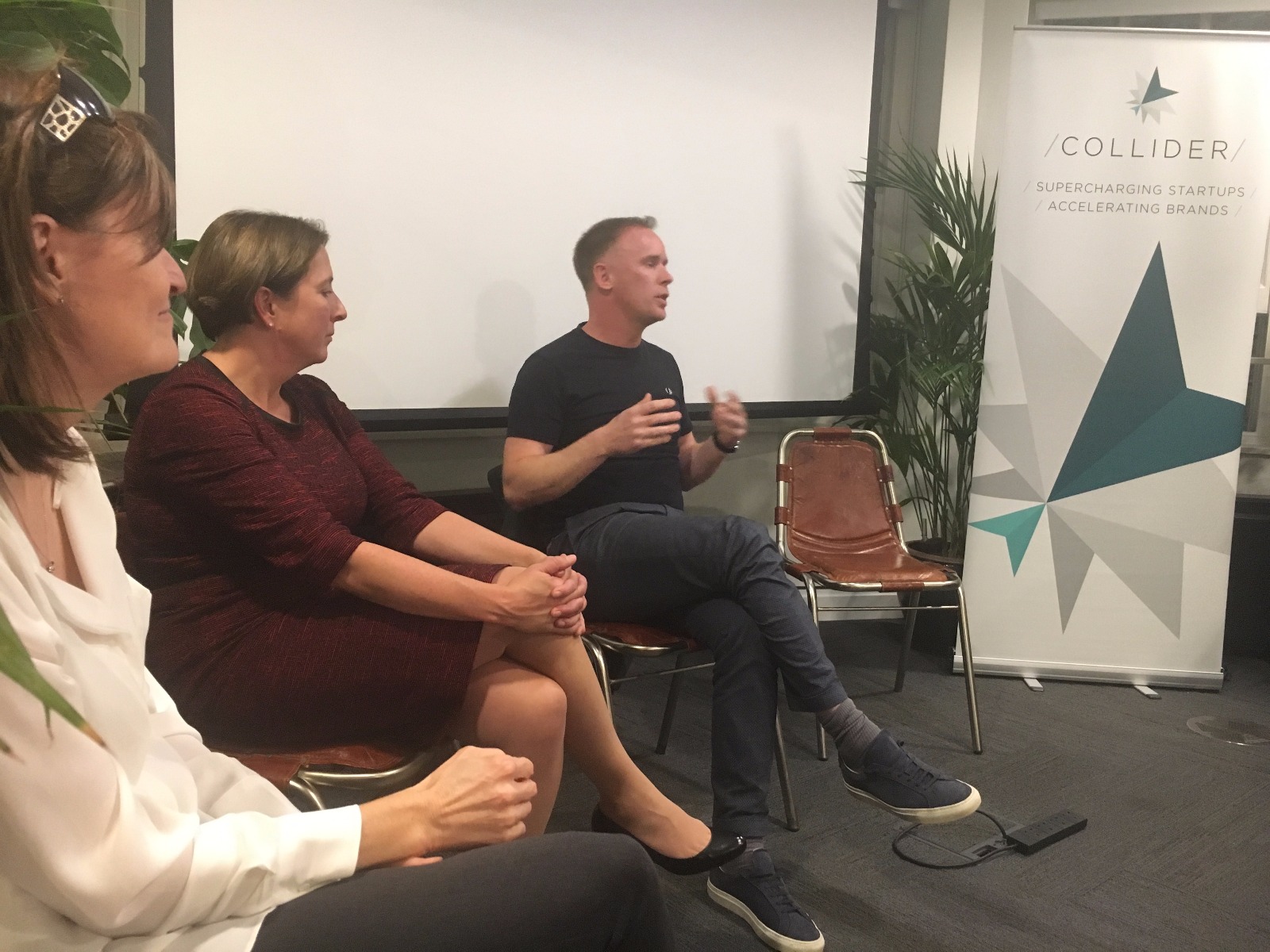Sometimes you just need to knuckle down and get some work done. But what's the best way to do this? And what about all the other stuff you need to do before you can even start?
Well, yesterday Seeker had a Product Day, and so I decided to catch up with the Founder and CEO, Daniel Wilson, to see how (and whether) it works.

1. What is a product day ?
A product day is a full day when we step out of our regular roles to understand what we’ve got in the product, where we are as a business, and what we want to do over the next 3-6 months. It gives us a chance to think about our tech and our customers at a higher level.
2. Why did you arrange it?
The main point was to stop any silos of purpose and knowledge building up, as we’re all working semi-independently because there aren’t many of us. We need to all be working on the same plan, or we won’t make the right sort of progress.

3. What did you want to achieve from it ?
We took an inventory of features built, we planned the next 3 months major features to build (develop, or dev), everyone knows our goals around sales and investment
4. What methods did you use and which ones work best?
We used lots of brainstorming, and we had bits of cardboard and sticky notes, which allowed us to move our ideas around afterwards into more logical groupings. We used the important/urgent matrix (which is one of my very favourite things) to prioritise our work.
5. What did you actually achieve?
A sense of purpose and a to do list.
6. What's the next step?
Today the tech guys are sizing the dev work and planning iterations, and I’m starting to work on more heavily on our sales website, because we realised it was a major blocker to a lot of other work we wanted to do.
7. Any advice you'd give to startups now in hindsight?
Do more prep than you were going to (My section on “state of the nation” was harder to talk through off the cuff than I had thought), and expect to go through fewer items in the agenda: This is really the time to have those discussions that normally get glossed over, e.g. what’s more important, a new feature or fixed bugs, or sales collateral.














